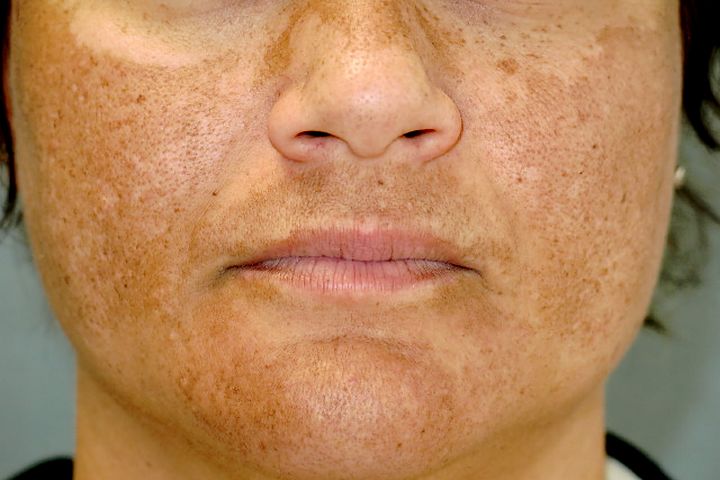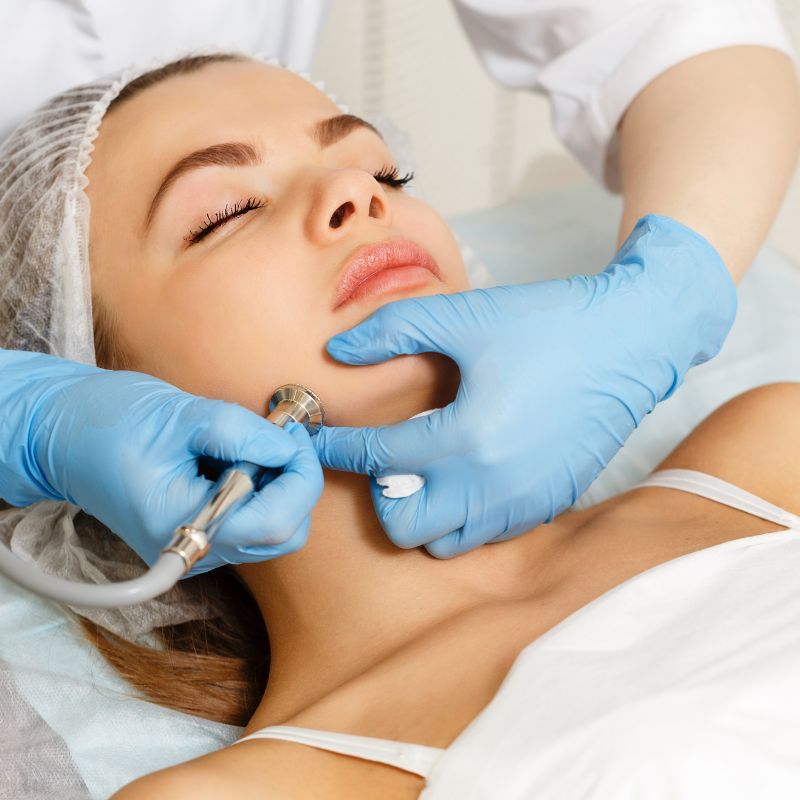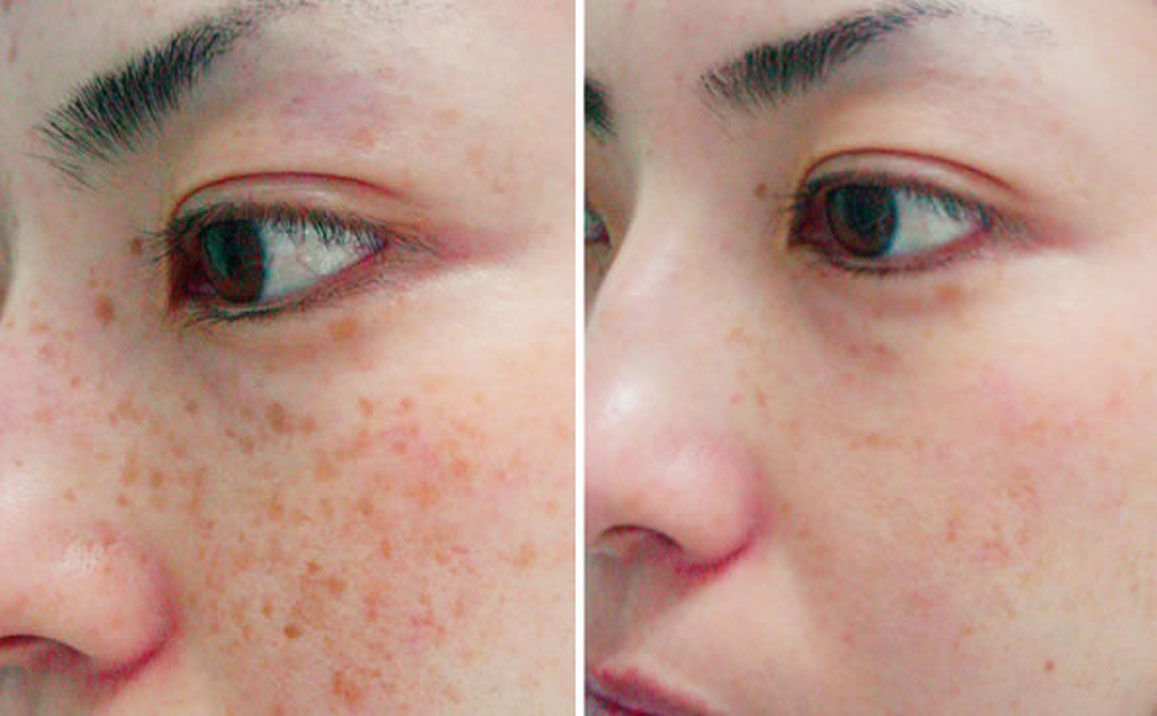Reliable Ways to Deal With Skin Pigmentation for a Remarkable Skin
Skin pigmentation can be an usual problem for many people seeking a clearer and much more also skin. From dark places to irregular complexion, coloring issues can influence one's self-confidence and overall appearance. In the mission for a perfect complexion, there are various effective methods to address skin pigmentation. By comprehending the underlying causes of pigmentation and discovering targeted therapies, people can accomplish considerable enhancements in their skin's look. Whether with topical options, expert treatments, way of living adjustments, or all-natural remedies, the course to accomplishing a glowing skin tone without pigmentation worries is available.
Understanding Skin Pigmentation
Comprehending skin coloring is crucial for individuals seeking to deal with and take care of numerous skin concerns properly. Skin pigmentation is the natural color of an individual's skin, identified by melanin produced by melanocytes in the skin's epidermis. Melanin is accountable for protecting the skin from hazardous UV radiation, yet an overflow or underproduction can bring about pigmentation problems.

Comprehending the underlying sources of skin pigmentation problems is vital for selecting one of the most appropriate treatment alternatives. From topical creams like hydroquinone and retinoids to treatments like chemical peels and laser therapy, attending to skin pigmentation concerns requires a tailored approach based upon private skin kinds and conditions. By getting insight right into skin coloring, people can make educated decisions to achieve a flawless skin.
Topical Therapies for Pigmentation
Skin coloring problems can be successfully dealt with with using topical treatments particularly created to target and lower pigmentation issues. Skin Pigmentation Treatment. Topical treatments are used directly to the skin and job to inhibit the production of melanin, which is accountable for the dimming of the skin. Ingredients such as hydroquinone, kojic acid, retinoids, vitamin C, and niacinamide are typically discovered in pigmentation-targeting topical products
Hydroquinone is a powerful skin-lightening representative that inhibits the production of melanin, making it effective in treating numerous types of hyperpigmentation. Kojic acid, originated from numerous fungis varieties, also works to lighten skin by inhibiting melanin production. Retinoids, a by-product of vitamin A, advertise cell turn over and aid discolor pigmentation in time. Vitamin C is an effective anti-oxidant that interferes and lightens up the skin with pigment production. Niacinamide, a form of vitamin B3, aids to reduce the transfer of pigment to the skin's surface, resulting in an extra also skin.
When using topical therapies for pigmentation, it is essential to comply with the guidelines given and maintain a constant skincare regimen to accomplish the very best outcomes.

Professional Procedures for Even Skin Tone
For individuals looking for sophisticated solutions to accomplish an also complexion, specialist treatments use effective choices that target pigmentation issues with precision and knowledge. One typical professional therapy for skin coloring is laser therapy. Laser therapies work by targeting certain pigmented areas of the skin, breaking down the excess melanin creating discoloration. This procedure assists to fade dark spots and produce a more consistent skin tone. Another prominent procedure is chemical peels, which include using a chemical solution to the skin to exfoliate dead cells and stimulate the growth of new, evenly pigmented skin. Chemical peels off can effectively reduce hyperpigmentation and boost skin appearance.

Way Of Living Adjustments for Clear Complexion
Applying healthy and balanced habits and changes to daily regimens can play a critical function in attaining a radiant and clear complexion. Way of life modifications can significantly affect skin health and aid address coloring concerns. One vital aspect is preserving a healthy diet plan rich in minerals, anti-oxidants, and vitamins. Foods like fruits, vegetables, entire grains, and lean healthy proteins can give crucial nutrients that sustain skin health and wellness and battle coloring. Furthermore, staying hydrated by drinking a sufficient amount of water each day can aid clear out toxic substances and advertise a beautiful complexion.
Routine workout is another important lifestyle adjustment that can benefit skin pigmentation. Physical task improves blood circulation, supplying oxygen and nutrients to the skin cells while bring away waste products. This process can help boost complexion and appearance, minimizing the look of pigmentation abnormalities. Adequate rest is essential for skin regrowth and repair service. Developing a constant going to bed regimen and aiming for 7-9 hours of quality sleep per evening can add to a clearer complexion. By this hyperlink integrating these way of life modifications right into your daily regimen, you can support your skin's natural healing processes and achieve a much more even skin tone.
All-natural Treatments to Fight Coloring
With regards to dealing with coloring problems via natural treatments, making changes to nutritional options and taking part in physical activities can further enhance the effectiveness of these holistic techniques. Including foods abundant in antioxidants such as berries, leafy eco-friendlies, and nuts can aid deal with coloring by lowering oxidative stress and anxiety and inflammation in the skin. In addition, consuming foods high in vitamin you can try these out C like citrus fruits and bell peppers can assist in brightening the skin and promoting an even complexion.
Incorporating exercises into your routine can also add to improving skin coloring. Exercise raises blood flow, which helps provide crucial nutrients and oxygen to the skin cells, promoting a healthy and balanced skin tone. Moreover, sweating throughout exercise can aid in eliminating toxic substances from the skin, reducing the possibility of pigmentation concerns.

Conclusion
In conclusion, attending to skin coloring calls for a diverse method including topical therapies, professional procedures, way of living changes, and all-natural remedies. Consistency in therapy and patience are key to achieving an also skin tone and clear skin tone.
Understanding skin pigmentation is important for people looking for to deal with and manage numerous skin worries effectively. Skin pigmentation is the natural color of an individual's skin, identified by melanin generated by melanocytes in the skin's skin. From topical find more information creams like hydroquinone and retinoids to procedures like chemical peels and laser therapy, attending to skin coloring worries calls for a customized approach based on individual skin types and problems. Topical treatments are applied directly to the skin and work to prevent the production of melanin, which is liable for the darkening of the skin.Microdermabrasion is a non-invasive treatment that makes use of a tool to carefully exfoliate the outer layer of the skin, helping to lessen coloring abnormalities and reveal a smoother skin surface area.